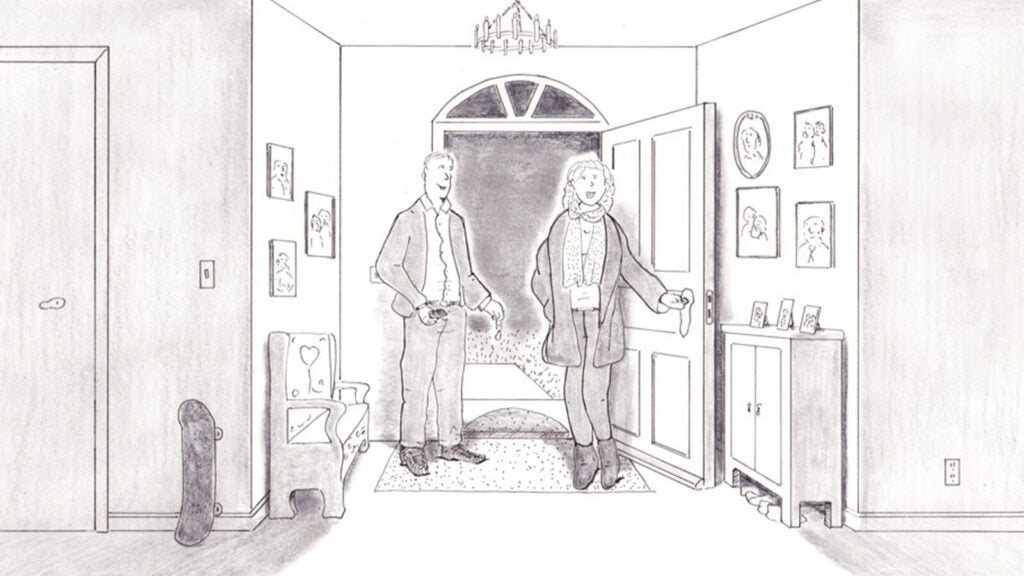 Have you ever wondered how much you’re paying back to the bank over a 30-year mortgage if you make the minimum monthly principle and interest payments? It’s not as much interest as it was decades ago when mortgage interest rates were higher, but it is still substantial. As an example, let’s say you have a $300,000 mortgage at a fixed rate of 5%, making your payments at about $1,610 per month for principle and interest. If you were to make the minimum payments for all 30 years, you’d pay the bank back about $280,000 in interest – almost double what you originally borrowed. If you were to use various strategies to accelerate the principle paydown of the debt, it wouldn’t be that high.
Have you ever wondered how much you’re paying back to the bank over a 30-year mortgage if you make the minimum monthly principle and interest payments? It’s not as much interest as it was decades ago when mortgage interest rates were higher, but it is still substantial. As an example, let’s say you have a $300,000 mortgage at a fixed rate of 5%, making your payments at about $1,610 per month for principle and interest. If you were to make the minimum payments for all 30 years, you’d pay the bank back about $280,000 in interest – almost double what you originally borrowed. If you were to use various strategies to accelerate the principle paydown of the debt, it wouldn’t be that high.
Using the above example of the $300k mortgage, look at a sample amortization table online for this hypothetical loan. Your monthly payments on this loan will be $1,610. For payment #1, the $1,610 is broken down as $1,250 interest and $360 principle, for payment #2, $1,248 interest, $362 principle, payment #3, $1,247/$363 is the split, payment #4, $1,245/$365 and payment #5, $1,244/$367. These are the details of the first five payments of the loan. The amortization is designed so that the interest the bank is owed is built into the front end of the loan period. On a 30-year mortgage, it takes about 16 to 17 years for the interest and principle part of each payment to equalize (the breakeven point).
Here is one strategy: When your first payment is due, you can remit just the minimum amount of $1,610 (and do that 359 more times). Or, you can send in the $1,610 for the first payment and add to it the exact amount of the next principle payment. (The principal amount for payment #2’s is $362.) In this case, your total payment would be $1,972 ($1,610+$362). If you wanted to be more aggressive and had the extra cash, you could add more principle payments to your base payment. (The next 4 principle payments would total $1,457.) What you are doing when using this strategy is moving further down the amortization table more quickly so you can reach that breakeven point faster, thereby applying more toward the principle with every payment. You are also saving the applicable interest amount for each line of principle paid. For example, if you add the one extra principle amount of $362, you can cross that line off your amortization table and you will have saved the $1,248 interest associated with that line. So, your return on a $362 payment is $1,248. Not a bad return! If you added the next four principal payments of $1,457, you’d save $4,984 of interest!
There are other strategies, such as bi-weekly mortgage payments and extra payments once per year, among others. Of course, you need to have the extra post-tax disposable income to apply to the mortgage, but it is a good investment that will pay dividends sooner in the form of increased equity. In other words, Before the breakeven point, more of each payment is applied towards interest and after the breakeven point, more of each payment is applied towards principle.
For your mortgage, you might want to examine the entire 360 payment amortization table which was likely provided to you at closing. As our example here illustrates, if you have the disposable cash, taking a large bite out of the interest-apple at the beginning of a mortgage makes good financial sense for the long term.
For more information, write Glenn Nevola – www.flightlinefinancial.com



























































































































































































































